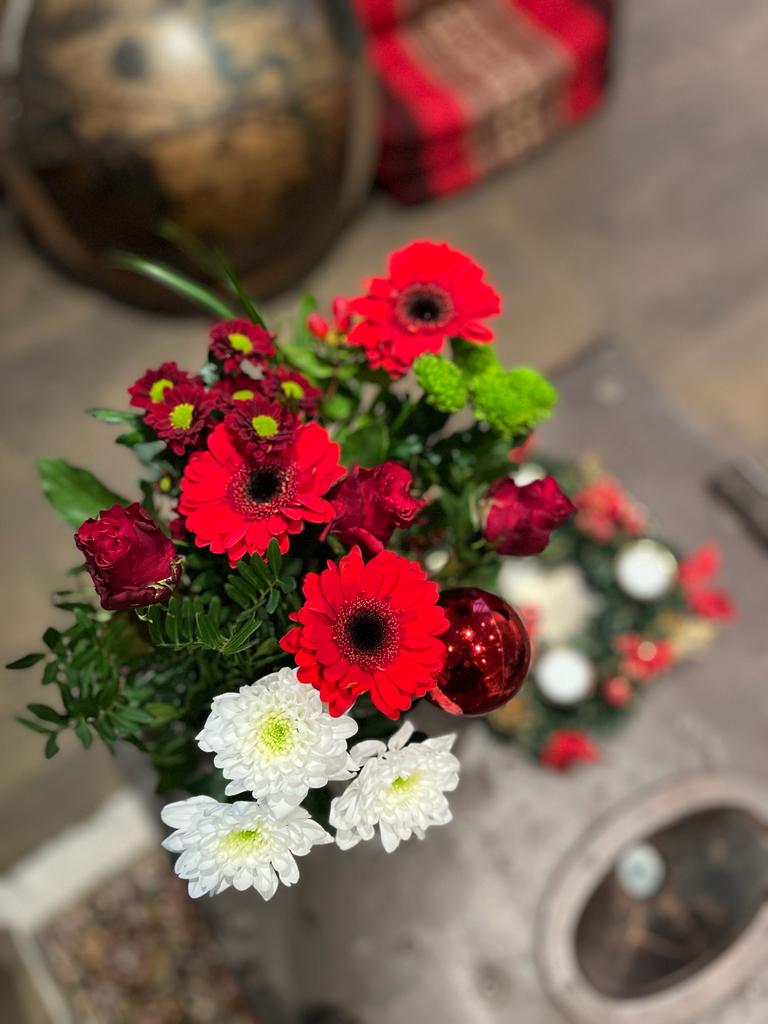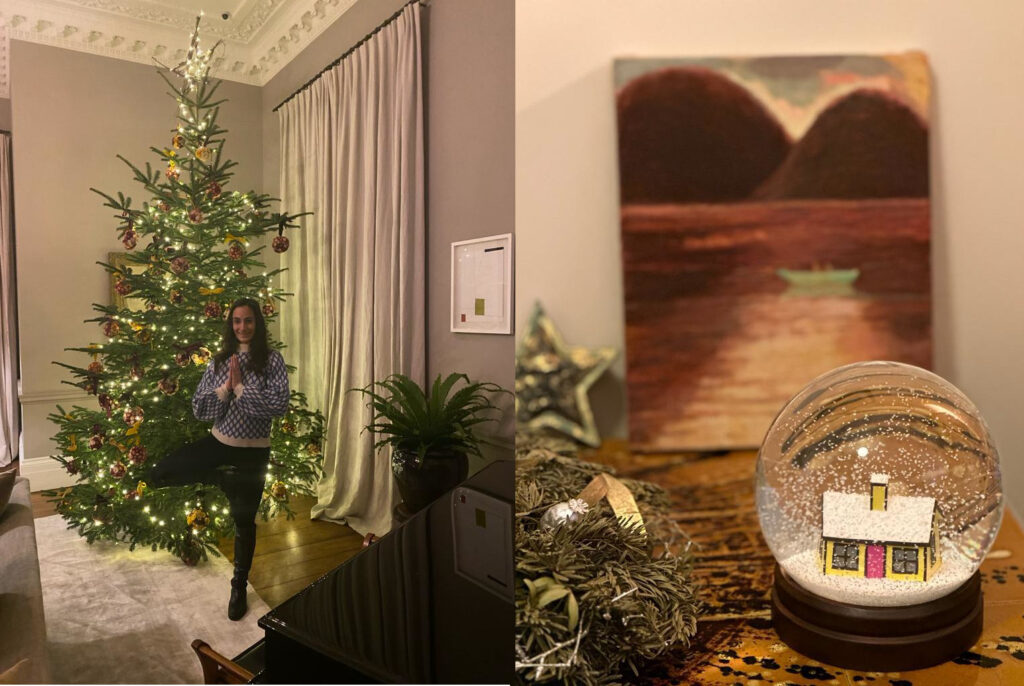As we embrace the festive spirit and the end of another year, we at Pathak Yoga have taken a moment to reflect on the connections there are amongst the various physical practices of yoga, which some people can get quite territorial about.
As you may know, we are big fans of stressing the similarities between the ways you can practise your asanas (postures). This physical practice is just a small part of hatha yoga (which includes breathing practices, concentration and meditation), and hatha yoga in turn is only one of many different paths of yoga
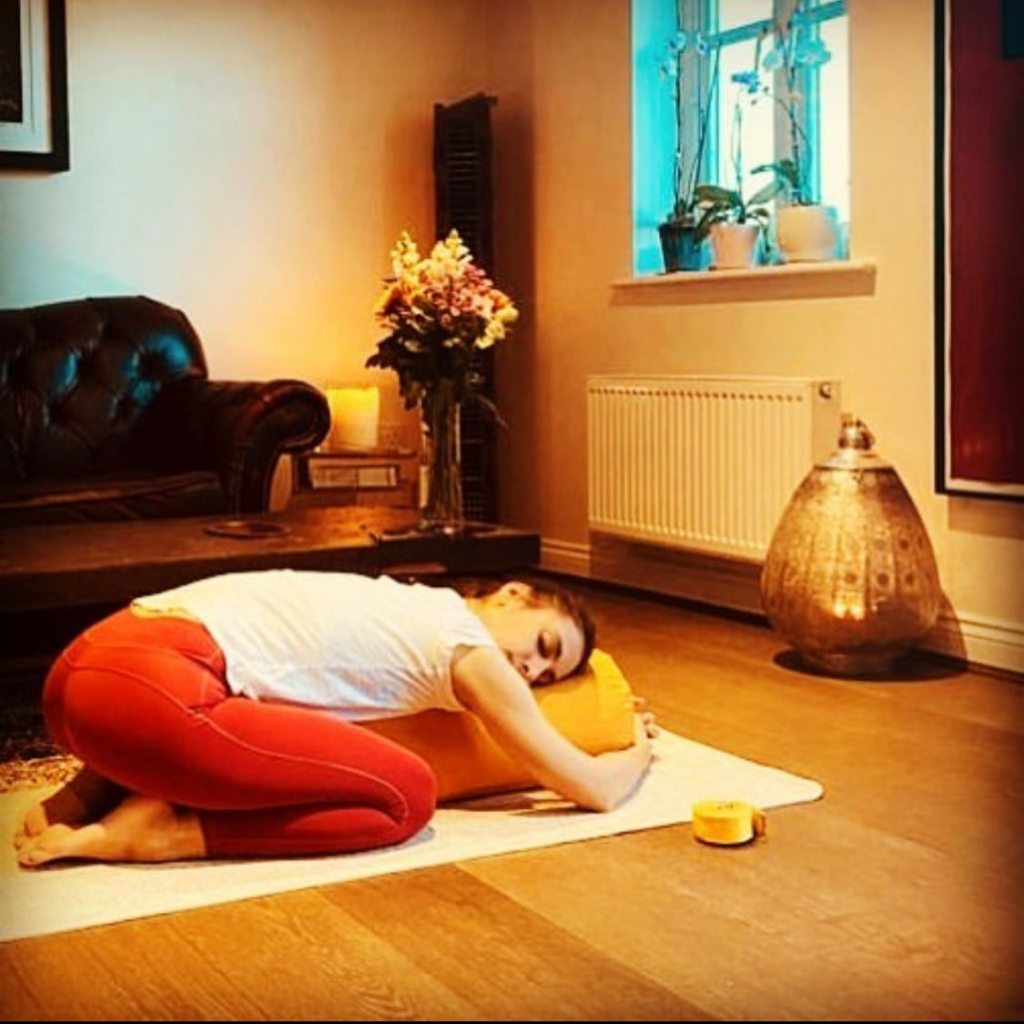
Asana: The Art of Stillness
The essence of asana lies in the art of holding postures.
This deliberate engagement warms up our muscles gradually, extending its reach into the depths of our fascia (the connective tissue that surrounds and protects your muscles, lymphs, nerves and organs).
The concentration on our body allows us not just to become deeply aware, but to be intentional in everything we do, both of which are aided by the stillness of our physical form.
Any performer will know that there is no emotion without the breath. So in our stillness, we take the time to observe our breath, and with it, our pranic response – how the breath influences our muscles and cells, our tissue and organs, as well as our body’s chemistry and the passageways in our brain.
Every breath and every physical and emotional response are inextricably linked.
Vinyasa: Movement in Harmony with Breath
In the rhythm of Vinyasa, flowing postures and the breath take centre stage.
The magic of movement lies in its synchronisation with our breath. The breath comes first, the body follows its cue. Every breath brings awareness of the present moment and reminds us to stay attuned to our body’s needs, which means changing the physical flow if it doesn’t suit our body (never be afraid to look different to the person practising next to you!) and always remembering that the breath knows best.
Awareness of the breath and other sensations in our body as we flow from one posture to the next is of course reminiscent of mindfulness, the practice of non-judgmental present-moment awareness, which allows our brain to pass less and less judgment, leading to a calm disposition.
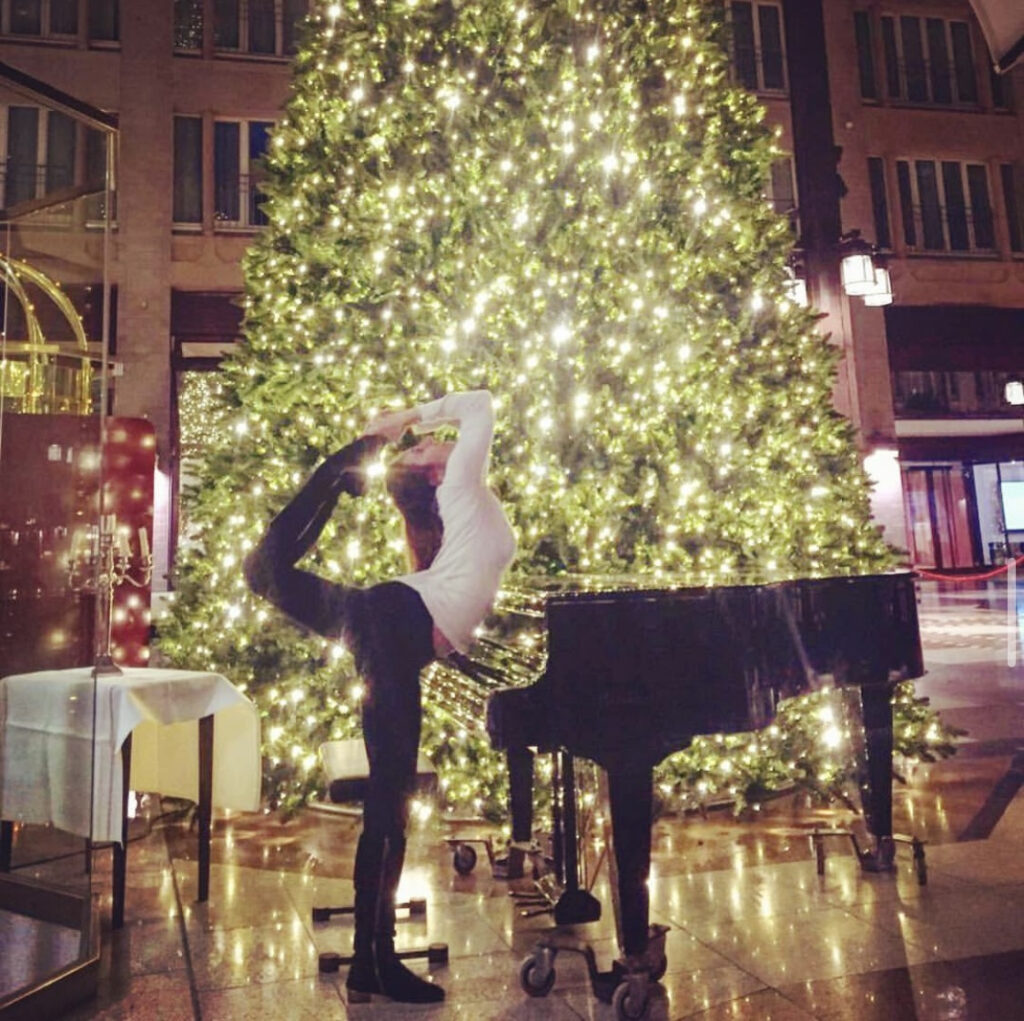
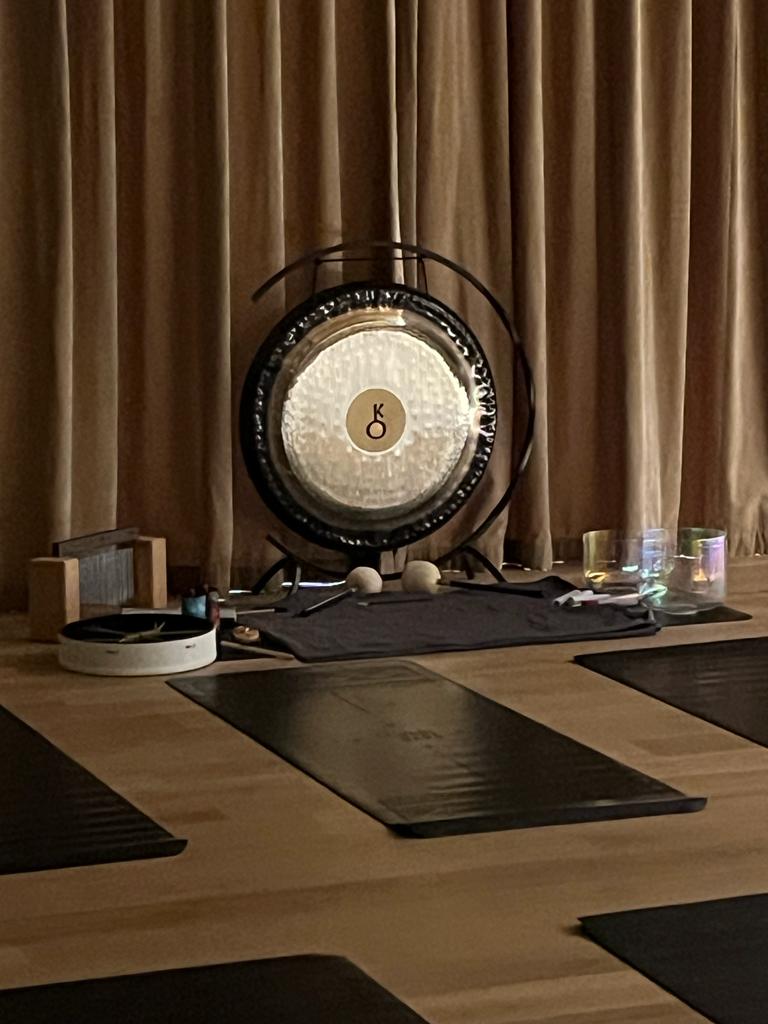
Kundalini Kriyas: Harnessing Strength and Breath
While it is a wide-ranging field, the potent practice of Kundalini yoga mostly focuses on harnessing energies in the body – the way all the branches of hatha yoga do – by utilising strong physical movement and breathwork.
Often challenging our stress thresholds, these practices propel us to the edges of our body’s and mind’s comfort zone. From these highs, we can drop and experience a new calmness which the stresses of our daily lives might have kept from us. In the same way as our breath is a constant (albeit small) up and down of stress (inhale) and destress (exhale), our bodies are made for stress – just not the long-lasting kind!
Stress hormones are tonic to the system for an hour or two, upon which they should be replaced by a cocktail of happy hormones when the source of the stress is gone. In reality, we deal with continuous stress in our lives and this plays havoc with our health. But stressing your body in a safe environment – again with the awareness of what it is you’re letting the body deal with – can let you drop down to a calmer baseline than before, also effecting long-term neural benefits to many different parts of the brain.
A Common Thread: Transformation from Within
Despite their apparent differences, these practices have the same core. Their aim is to combine self-awareness and intentionality to alter the body’s chemistry, over time sculpting the architecture of the brain. In the short term, yoga asana practice might lead to concentration and calmness, but continued practice will ensure improved memory function and a calm disposition. Our brain will default to those pathways that are characteristic of healthy thought patterns and behaviours.
As we conclude this year, let’s remember to be kind to ourselves (we all tend to judge ourselves more than we do others) and let’s put our body’s and mind’s equilibrium first. So if you’re planning your company’s wellbeing strategy for 2024, get in touch with us to see how we can help your staff be healthy and happy.
